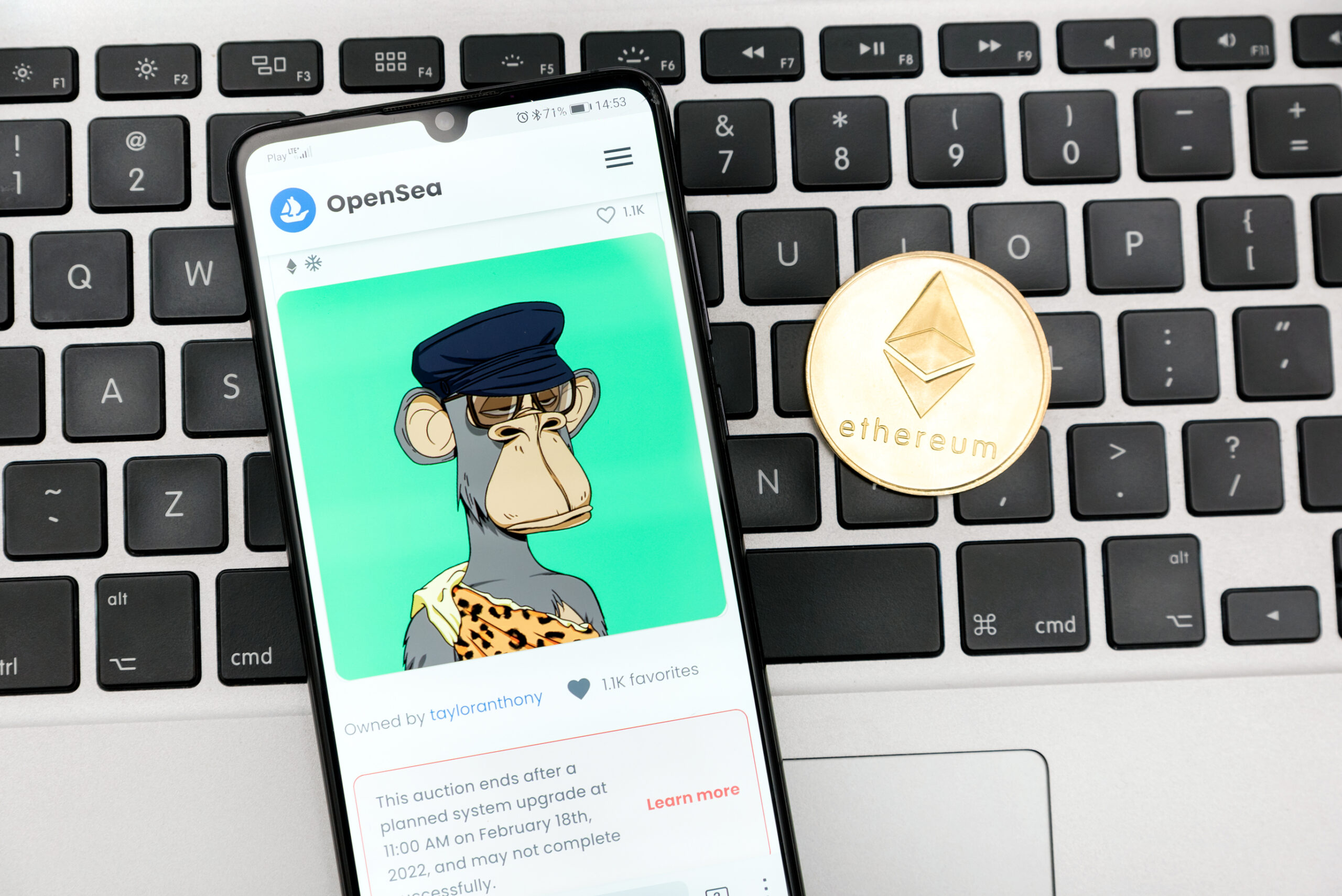Non-Fungible What? Please Explain NFTs and Bored Apes
Have you seen a digital picture of a funny, bored ape selling for hundreds of thousands of dollars and wondered to yourself: why? That picture is actually an NFT – a “non-fungible token.” Essentially, this means that the picture is verifiably unique from any other copies. An NFT relates to the idea of WEB 3.0, or the Metaverse, which is a virtual world that mimics many functions of our reality without the same physical constraints.
You can think of each NFT as having a digital “barcode” that makes them functionally unique from one another. Say you own a Toyota Forerunner. Other people may also own Toyota Forerunners, but your Forerunner is uniquely yours because it has a license plate, a unique vehicle identification number (VIN), and it is registered to you. NFTs work in a similar way, using a digital verification system that exists on a “blockchain” to tell them apart from one another.
Fungible?
To understand what non-fungible means, it helps to explain the difference between fungible vs non-fungible.
NFTs differ from cryptocurrencies, like Bitcoin or Ethereum because each token is unique and does not have an equivalent value. Cryptocurrencies are supposed to work like money.
Your one dollar bill is worth the same amount as my one dollar bill, and one crypto coin will be worth the same amount as another. So, if we wanted to, we could exchange our dollar bills with one another and still have the same amount of money. We could also use our two dollar bills to buy a candy bar that is worth two dollars. This makes cryptocurrency fungible.
Non-fungible tokens mean that each token is unique, and one token can’t be exchanged equivalently for another. The value of the NFT is arbitrary and only worth what someone is willing to pay for it.
So, Why the Bored Apes?
The cartoonish pictures or, “art,” that are attached to NFTs are also entirely arbitrary. The NFT is actually the piece of unique identification code, not the art itself. However, because the tokens are non-fungible and worth only what someone is willing to pay, they needed some piece of content attached to them that a person was willing to pay money to own.

The first NFTs that hit the market were similar to celebrity autographs. But rather than signatures from famous people, they were memes. You may have seen the disaster girl meme or the overly attached girlfriend meme before. Both of these images became famous on the internet for putting funny captions over and sharing them as a “meme.”
Both of the people originally in these memes also sold digital versions of the images on an online auction house, as an NFT, for hundreds of thousands of dollars. People were willing to pay that much for unique versions of a famous image from the original creator.
However, the amount of unique and famous memes slowly started running out. Those that bought into NFTs still wanted new ones to come out so their older NFTs stayed relevant and valuable, so artists began producing randomly generated images to be packaged into an NFT.
The Bored Ape Yacht Club collection became the most famous of randomly generated NFT art. These images, depicting slightly sleepy apes with various accessories, became a limitless source of NFT art. Owning a bored ape NFT, or an NFT from any other collection, means entry into official online chat rooms and other exclusive “clubs.”
The endless supply of NFTs, coupled with the artificial prestige of owning one from a collection, meant that people would pay hundreds of thousands of dollars to get into the game early with the hope that all online digital content would one day be tokenized and functionally unique. In this ideal future, an NFT owner would have one of the oldest and most valuable pieces of online content on the internet.
The Reality of NFTs
NFTs require you to buy into cryptocurrency. Crypto coins were becoming known for only being useful in buying illegal items online so that law agencies would be unable to track you. NFTs were perfect for getting new customers to buy into the crypto market and, ultimately, raise the value of crypto coins to make coin owners a lot of money.
NFTs as an investment is a “greater fool” theory that relies on FOMO, or the fear of missing out. Essentially, you’re hoping that if you buy an NFT, one day someone will come along and pay more for it than you did because they believe that the same thing can happen to them. This operates similarly to some pyramid schemes, which are illegal company strategies that can make money through employees buying their products with the hope of selling them to others.
There is also a rampant scam problem with NFTs, as many of the technical aspects of verifying the uniqueness of a token are purposefully esoteric. Making it more complicated adds to the mystique of digital art, but also opens up opportunities to exploit and scam those not familiar with how NFTs work. For example, scammers will “accidentally” post their NFT supposedly worth hundreds of thousands of dollars on the market for only a few thousand dollars. Someone purchases it and the NFT ends up being a copy or otherwise worthless, and the scammer walks away with a few thousand dollars in untraceable bitcoin.
Ultimately, getting into NFTs is a serious risk. They are designed to get you to buy crypto coins and can result in thousands of dollars in losses. If you aren’t comfortable or familiar with cryptocurrency, you shouldn’t be anywhere near NFTs.
Learn More About NFTs and BAYC
If you’re really interested in learning even more about NFTs, this one-hour YouTube video explains it well.










 Share On Twitter
Share On Twitter